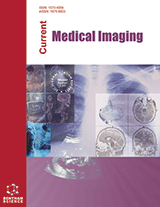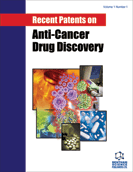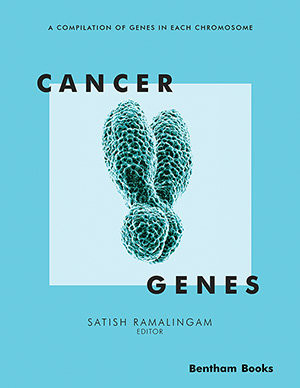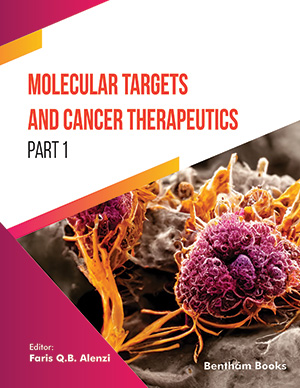
Abstract
For the treatment of minimum residual diseases such micrometastases and residual tumor margins that remain after debulking of the primary tumor, targeted radiotherapy using radiopharmaceuticals tagged with α-particle-emitting radionuclides is very attractive. In addition to the their short range in tissue, which helps minimize harmful effects on adjacent normal tissues, α-particles, being high LET radiation, have several radiobiological advantages. The heavy halogen, astatine-211 is one of the prominent α-particle-emitting radionuclides in practice. Being a halogen, it can often be incorporated into biomolecules of interest by adapting radioiodination chemistry. A wide spectrum of compounds from the simple [211At]astatide ion to small organic molecules, peptides, and large proteins labeled with 211At have been investigated with at least two reaching the stage of clinical evaluation. The chemistry, cytotoxic advantages, biodistribution studies, and microdosimetry/pharmacokinetic modeling of some of these agents will be reviewed. In addition, potential problems such as the harmful effect of radiolysis on the synthesis, lack of sufficient in vivo stability of astatinated compounds, and possible adverse effects when they are systemically administered will be discussed.
Keywords: Astatine, Radiopharmaceuticals, residual diseases, micrometastases, residual tumor, radiotherapy, astatide ion, peptides, radiolysis






















